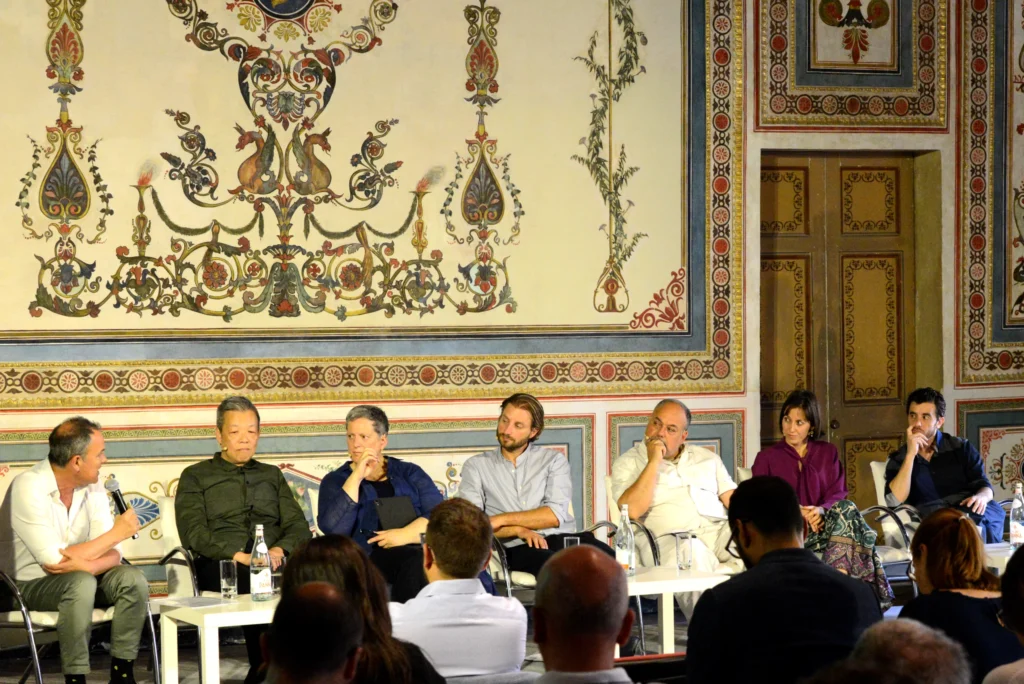
Second MICAS education conference on placemaking and the urban garden highlights the role of rewilding and renaturing in urban centres of communities long severed from nature and its benefits
A well-attended education conference hosted by the Malta International Contemporary Art Space on 24 June, saw keynote speaker C.J. Lim addressing a packed house at the National Museum of Archaeology.
As part of MICAS’s role in fostering an international platform and public exchange of knowledge on pressing challenges of contemporary culture, the conference, ‘Connecting with Nature: Placemaking and the Urban Garden’, hosted other speakers from the creative disciplines and academia on the challenges of dense urbanisation and how the urban garden space can connect natural habitats to the city.
Prof. C.J. Lim (Bartlett, UCL) – recipient of the Royal Academy of Arts ‘Grand Architecture Prize’ – is the latest speaker hosted as part of the MICAS Education and Community programming strand (MEC).
His presentation focussed on his multi-disciplinary urban paradigm – the Smartcity – an ecological symbiosis between nature and built-form, and the role citizens play to create diverse forms of resilient landscapes and urbanism.
Prof. Lim’s stimulating talk, which generated an enlivened response from the audience, proposed ways of renaturing or rewilding urban spaces that can also reconnect communities: “We must see the boldness and added value of introducing nature as a key player to a strategy of resilience in architecture – an ecological symbiosis, a model of resilience, for nature as well as food production.”
Keynote speaker Dr. Mario Balzan, the director of Ecostack Innovations and an MCAST lecturer, gave an overview of nature-based solutions in Malta which risked being limited by a lack of knowledge on their cost-effectiveness or their benefits.
Arch. Konrad Buhagiar, executive director of AP Valletta, moderated a panel of speakers which included Prof. Elisabeth Conrad (Institute of Earth Systems, University of Malta), Anton Grech (Head of the Department for Visual Arts within the Faculty for the Built Environment, UoM), MICAS board member Dr. Georgina Portelli, plantsman and designer Andrew Darragh – who is landscaping the MICAS gardens – and Stephen Saliba, a team manager at the Environment and Resources Authority (ERA).
The discussion focused on major themes of nature connectedness, the limits of education in fostering fundamental changes in mindset, how rural and urban lives in Malta interact with natural spaces, and the effects of social media on the human need to ‘disconnect’ by turning to the silence of natural spaces.
While Stephen Saliba explained ERA’s role in stewarding the planning process as a guardian of Malta’s environmental regulations, both audience and panellists questioned the absence of a nature-based paradigm in the Maltese planning regime. “We also need to discuss the role of institutions,” Prof. Conrad said. “We have to acknowledge that the planning system has not helped… it has frankly failed us when it comes to thinking strategically about the role of nature in our lives. We need to talk about having a strategic vision of place, of community, of nature in our buildings. It cannot happen as long as our planning system remains development-driven.”
Panellists were asked as to how nature-connectedness could become a fundamental part of the practice of architecture – rather than just a token for embellishment or to satisfy permitting requirements.
Grech’s description of Erwin Heerich’s Musuem Insel Hombrich in Neuss – a sculpture museum embedded in a park rewilded out of a former agricultural field – provided not only a rejoinder to Lim’s urban patchwork of nature spaces in cities, but also drew similarities to the MICAS project and its coexistence in a horticultural setting of rewilded gardens.
Presentations on MICAS’s sculpture garden from planter Andrew Darragh showed how indigenous species will introduce this ‘rewilded’ space, connecting the previously abadoned San Salvatore counterguard to Floriana’s urban centre. Dr. Georgina Portelli highlighted the role MICAS has adopted in creating this natural space, a 2,000sq.m meadow and urban public garden: “The core vision of MICAS revolves around creating an immersive and holistic multi-disciplinary visual art experience, that expands cultural participation and enhances wellbeing through encounters with contemporary art and nature.”
By serving as an urban connecting node, the MICAS garden will instil a consciousness for a natural environment, as well as establishing a cultural ecology that promotes urban biodiversity and fosters placemaking through connections with nature, physical space and contemporary art.
You can watch ‘Connecting with Nature: Placemaking and the Urban Garden’ on the MICAS Facebook feed here.
Share

Operational Programme I – European Structural and Investment Funds 2014-2020 “Fostering a competitive and sustainable economy to meet our challenges”. Project may be part-financed by the European Regional Development Fund Co-financing rate: 80% European Union Funds; 20% National Funds.


Operational Programme I – European Structural and Investment Funds 2014-2020 “Fostering a competitive and sustainable economy to meet our challenges”. Project may be part-financed by the European Regional Development Fund Co-financing rate: 80% European Union Funds; 20% National Funds.

© Malta International Contemporary Art Space 2023
© Malta International Contemporary Art Space 2023
© Malta International Contemporary Art Space 2024






Operational Programme I – European Structural and Investment Funds 2014-2020 “Fostering a competitive and sustainable economy to meet our challenges”. Project may be part-financed by the European Regional Development Fund Co-financing rate: 80% European Union Funds; 20% National Funds.


Operational Programme I – European Structural and Investment Funds 2014-2020 “Fostering a competitive and sustainable economy to meet our challenges”. Project may be part-financed by the European Regional Development Fund Co-financing rate: 80% European Union Funds; 20% National Funds.

© Malta International Contemporary Art Space 2023
© Malta International Contemporary Art Space 2024
© Malta International Contemporary Art Space 2024